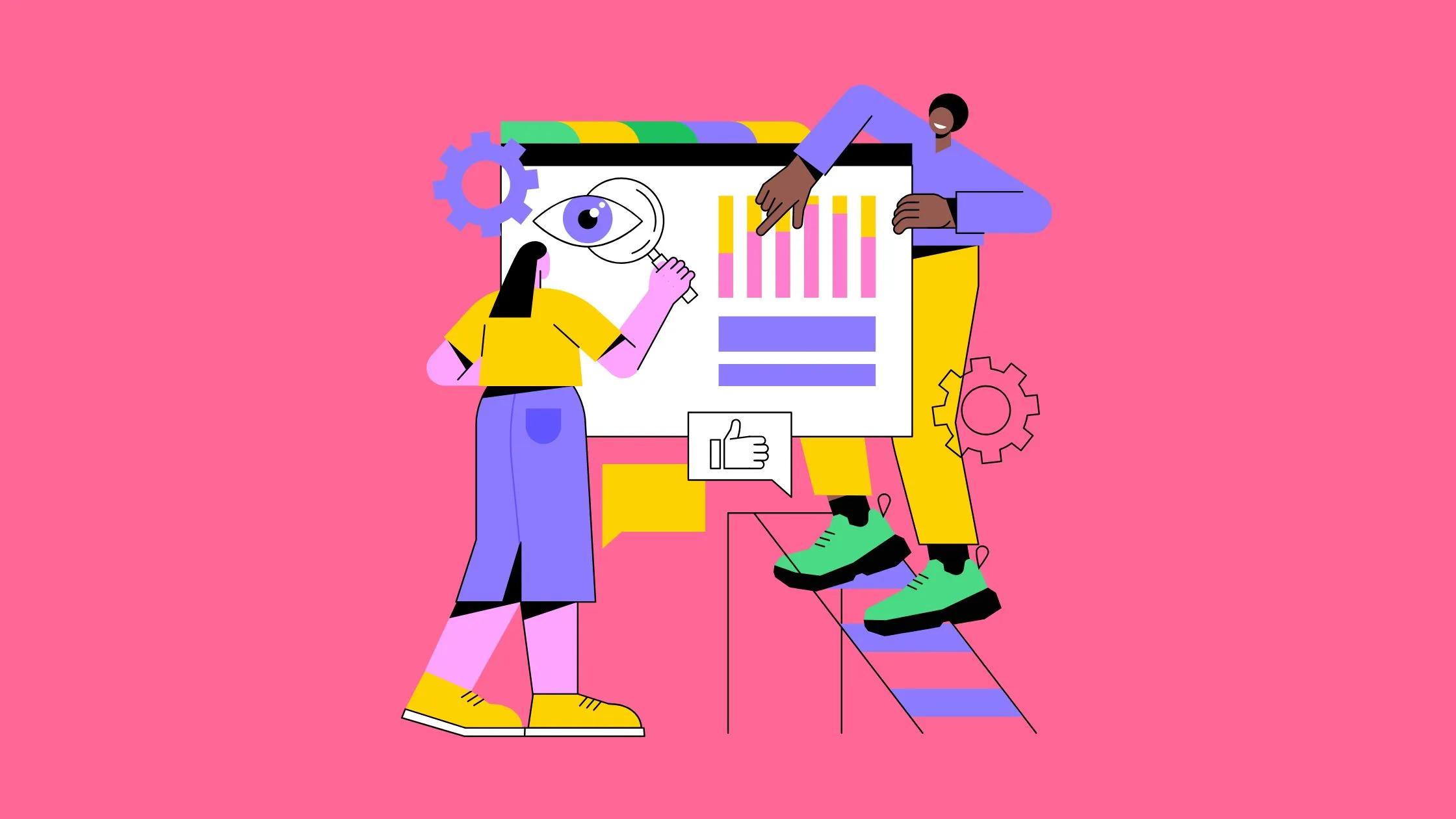
Digital commerce
-dffc85e1-a1bc-47e5-89cb-b8b1c8610d50.jpg&w=3840&q=75)
Landing pages are an essential component of any digital marketing strategy, especially for ecommerce brands aiming to capture leads, boost traffic, and drive conversions. They serve as the first point of contact for many potential customers and are specifically designed to guide visitors toward a single call-to-action (CTA). In this blog, we’ll explore what are landing pages on a website, their key differences from websites, and the various types of landing pages suited for different marketing goals and search intents.
We’ll also provide actionable best practices for creating SEO-optimized landing pages and discuss how Sangria enables brands to create diverse, high-performing pages at scale.
A landing page is a standalone web page designed with a single, focused purpose—usually to convert visitors into leads or customers. Unlike standard website pages, landing pages are tailored to a specific campaign, audience, or action, such as filling out a form, downloading a resource, or purchasing a product.
The difference between landing pages and websites lies in their structure and intent:
Websites: Act as a central hub for your brand, offering multiple pages with comprehensive information about products, services, company details, and more. Websites are designed for exploration and discovery.
Landing Pages: Have a singular focus, tailored for a specific campaign or goal. They minimize distractions by eliminating navigation menus or unrelated links, guiding users toward a specific action.
In short, a website is a multi-purpose entity, whereas a landing page is a conversion-driven tool.
Landing pages serve various purposes based on the marketing funnel and campaign objectives. They are often used for:
Let’s dive into the types of landing pages and the stages of the ecommerce conversion funnel they cater to.
-c0abc555-8c46-40b1-a3e9-e581c8ac8fce.jpg&w=3840&q=75)
Purpose: Collect visitor information such as email addresses, names, or phone numbers.
Best Suited For: Top-of-the-funnel (TOFU) campaigns targeting users in the awareness stage.
Example Use Case: A D2C skincare brand offering a free ebook on “10 Steps to Glowing Skin” in exchange for an email address.
Purpose: Encourage visitors to click a specific link or CTA, often leading to a product page or sign-up form.
Best Suited For: Middle-of-the-funnel (MOFU) campaigns where users are considering options.
Example Use Case: A fashion retailer showcasing a seasonal collection with a “Shop the Collection” button.
Purpose: Drive direct sales by highlighting product benefits and including CTAs like “Buy Now” or “Add to Cart.”
Best Suited For: Bottom-of-the-funnel (BOFU) campaigns aimed at converting ready-to-buy customers.
Example Use Case: An electronics brand offering a discount on the latest smartphone model with a limited-time offer.
Purpose: Encourage sign-ups for events such as webinars, conferences, or product launches.
Best Suited For: TOFU or MOFU campaigns to engage and educate potential leads.
Example Use Case: A SaaS company hosting a live demo of its platform.
Purpose: Serve as a follow-up after a user completes an action, like filling out a form or making a purchase. They can include additional CTAs, such as subscribing to a newsletter.
Best Suited For: Retention and loyalty-building efforts.
Example Use Case: An ecommerce store providing discount codes after a purchase.
%20(1)-4edd5e89-26fe-43a2-843d-014769b4631e.jpg&w=3840&q=75)
Purpose: Target specific search queries and intents at scale by dynamically generating pages tailored to keywords, locations, or user needs.
Best Suited For: Driving organic traffic and addressing niche search intents.
Example Use Case: A travel site like Expedia creating pages for “Best hotels in Miami for families” or “Affordable flights to New York.”
Sangria empowers ecommerce brands to create high-performing landing pages at scale, tailored to every stage of the funnel:
Understanding the various types of landing pages and their use cases is crucial for crafting effective campaigns. Whether you’re building awareness, driving consideration, or closing sales, landing pages tailored to specific intents and stages of the funnel deliver measurable results.
By implementing best practices for SEO and user experience, and leveraging tools like Sangria, brands can create scalable, high-converting landing pages that boost organic traffic and optimize the ecommerce conversion funnel. Investing in well-designed landing pages isn’t just a marketing tactic—it’s a strategic advantage for long-term success.